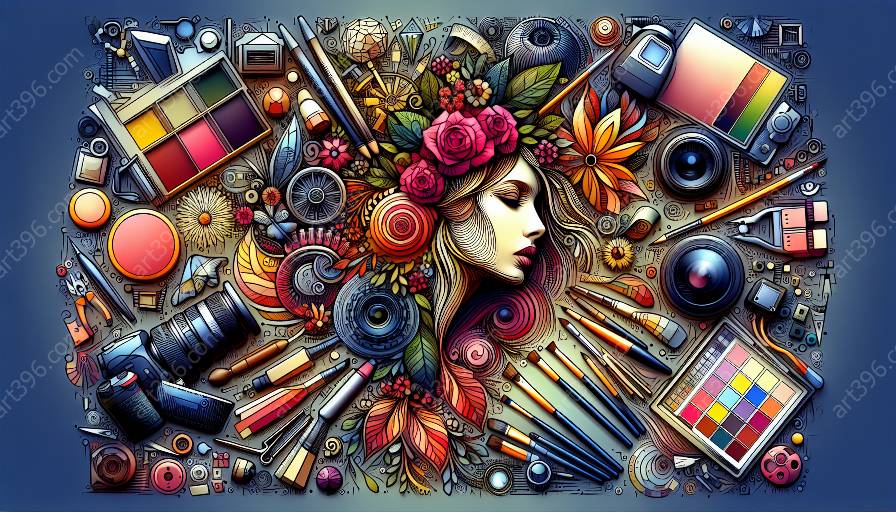Photography is a powerful medium that can evoke emotions, create moods, and convey messages through the skillful use of color. Understanding color theory and its application in photography is essential for photographers and digital artists. In this comprehensive guide, we will explore the impact of color theory on photographic critique, analysis, and digital arts.
The Significance of Color in Photography
Color plays a crucial role in photography, affecting the way viewers perceive and interpret images. By understanding the psychological and emotional impact of different colors, photographers can use color to capture attention, convey meaning, and create visually appealing compositions.
Color Theory Principles
Color theory provides a framework for understanding how colors interact and influence each other. It encompasses concepts such as the color wheel, complementary colors, analogous colors, and color harmony. By applying these principles, photographers can create balanced and harmonious images that resonate with viewers.
Color Composition in Photography
The proper use of color composition can elevate the impact of a photograph. Techniques such as color blocking, color contrast, and selective color can draw attention to specific elements within an image and guide the viewer's eye. Understanding the principles of color composition enables photographers to create dynamic and visually engaging photographs.
Impact on Photographic Critique and Analysis
When critiquing and analyzing photographs, color theory plays a significant role in assessing the effectiveness of an image. Evaluating the use of color in terms of balance, vibrancy, and emotional resonance allows for a deeper understanding of the photographer's intentions and the overall impact of the image.
Application in Digital Arts
Beyond photography, color theory extends to digital arts such as photo manipulation, graphic design, and digital illustration. Understanding how color influences perceptions and emotions allows digital artists to create compelling visual narratives and impactful designs.
Conclusion
The application of color theory in photography transcends the mere selection of hues and tones. It is a fundamental aspect of visual storytelling that influences how images are perceived, interpreted, and appreciated. By mastering color theory, photographers and digital artists can enhance the impact of their work and create visually compelling pieces that resonate with audiences.



















































